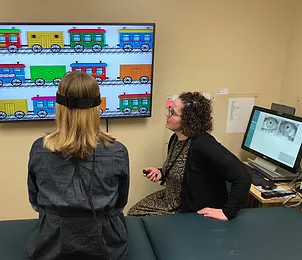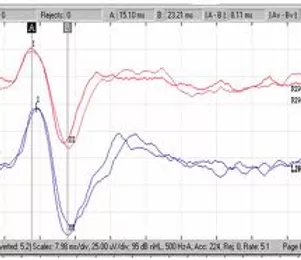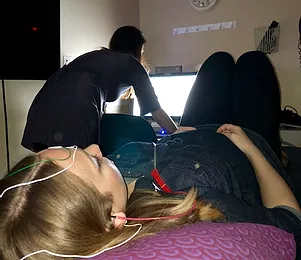Vestibular Testing
Our inner ear comprises complex organs for both hearing and balance. Our vestibular system is one of three systems in our body regulating postural stability. We offer diagnostic testing that can help diagnose your condition that may be contributing to your dizziness of imbalance.

Videonystagmography (VNG)
A videonystagmography (VNG) evaluates the function of the inner ear and its neurological pathways. Balance is maintained by communication between different systems in our body, most notably our vestibular system and our vision. During a VNG evaluation we will monitor your eye movements with the use of infrared video goggles. During the evaluation you will be asked to track visual targets (ocular-motor testing), and assume different head/body positions (positional testing). The final test involves stimulation of the vestibular system (caloric testing) in order to compare the functionality of the balance system.

Vestibular-Evoked Myogenic Potential (VEMP)
The Vestibular Evoked Myogenic Potention (VEMP) evaluation is designed to measure the vestibular portion of the auditory nerve. The vestibular portion can be be measured during contraction of certain neck muscles while listening to an auditory stimulus. Electrodes will be placed on your forehead and neck to monitor the responses of the vestibular nerve. During the testing, you will be asked to lie down and briefly hold your head in an elevated position during which time an auditory stimulus will be presented to one ear at a time.

Electrocochleography (EcochG)
The Electocochleography (ECochG) is used to help diagnose conditions such as Meniere’s disease or endolymphatic hydrops. It may also be useful in diagnosing vestibular migraine or other central vestibular disorders. As in the VEMP and ABR, electrodes will be used to pick up neurological responses to an auditory stimuls. You will be asked to lie down and relax (or sleep if possible) while listening to an auditory click stimulus.
